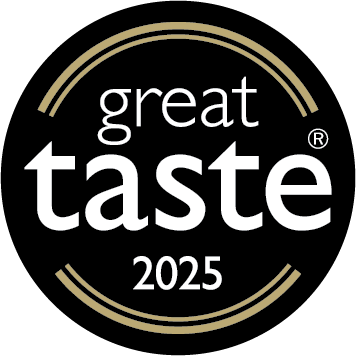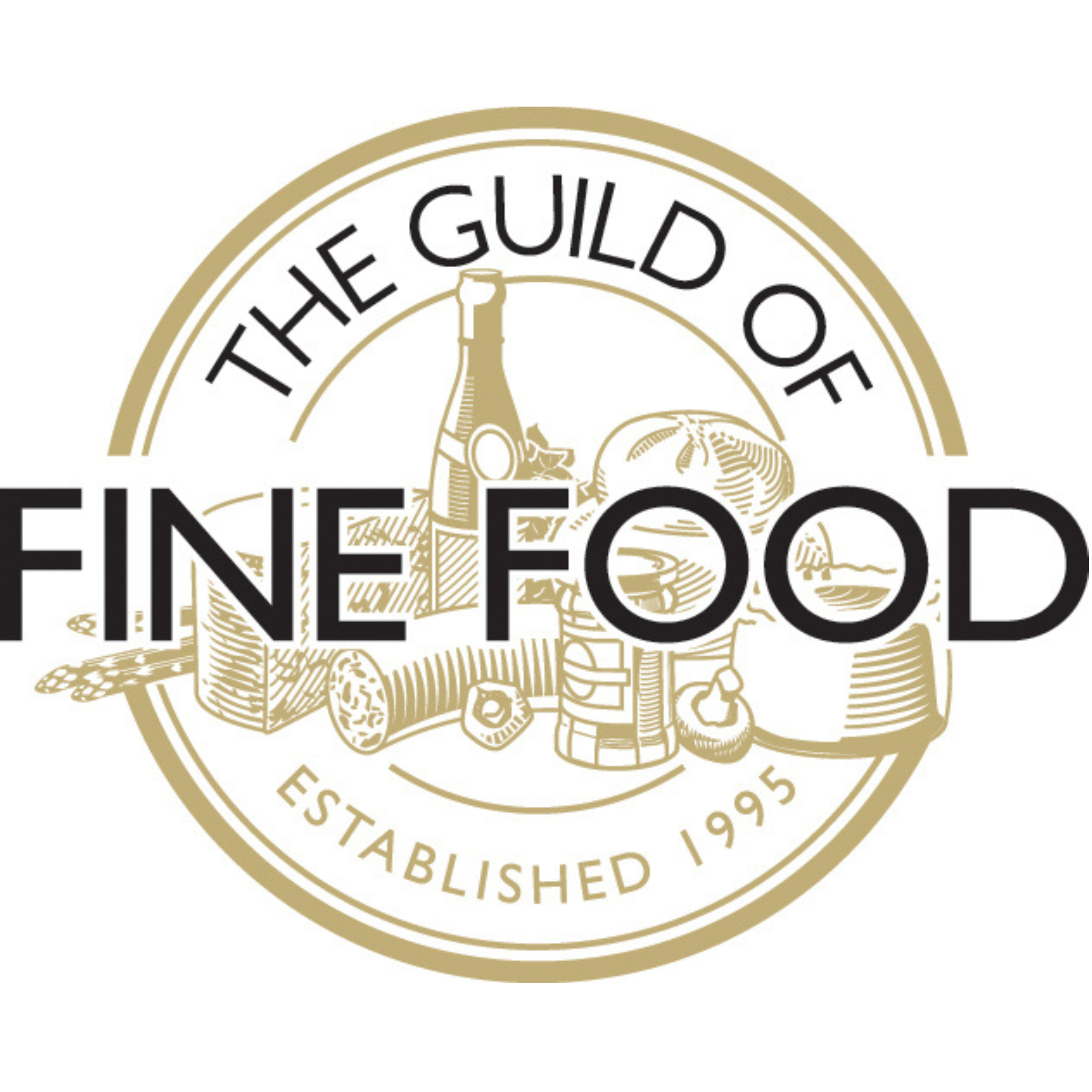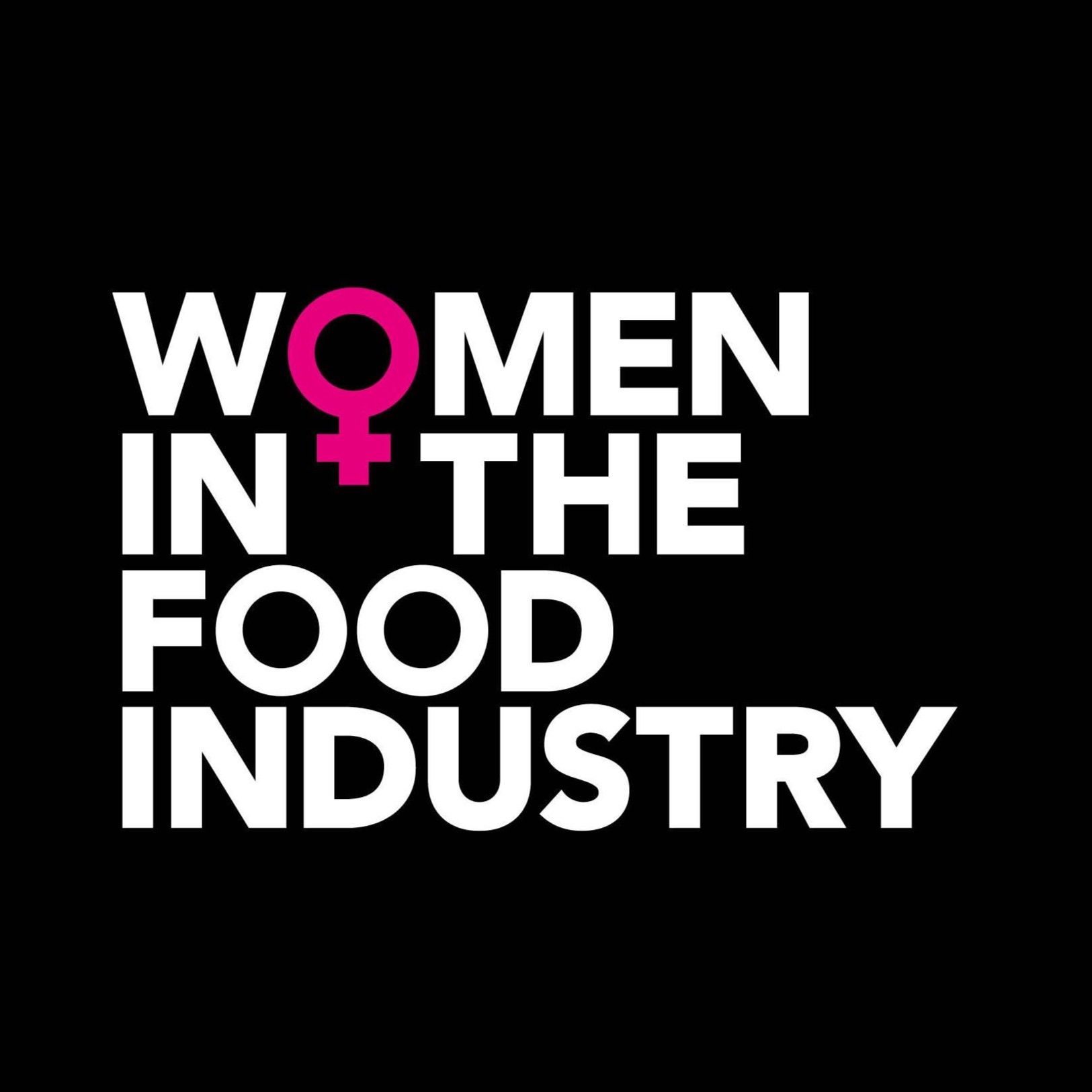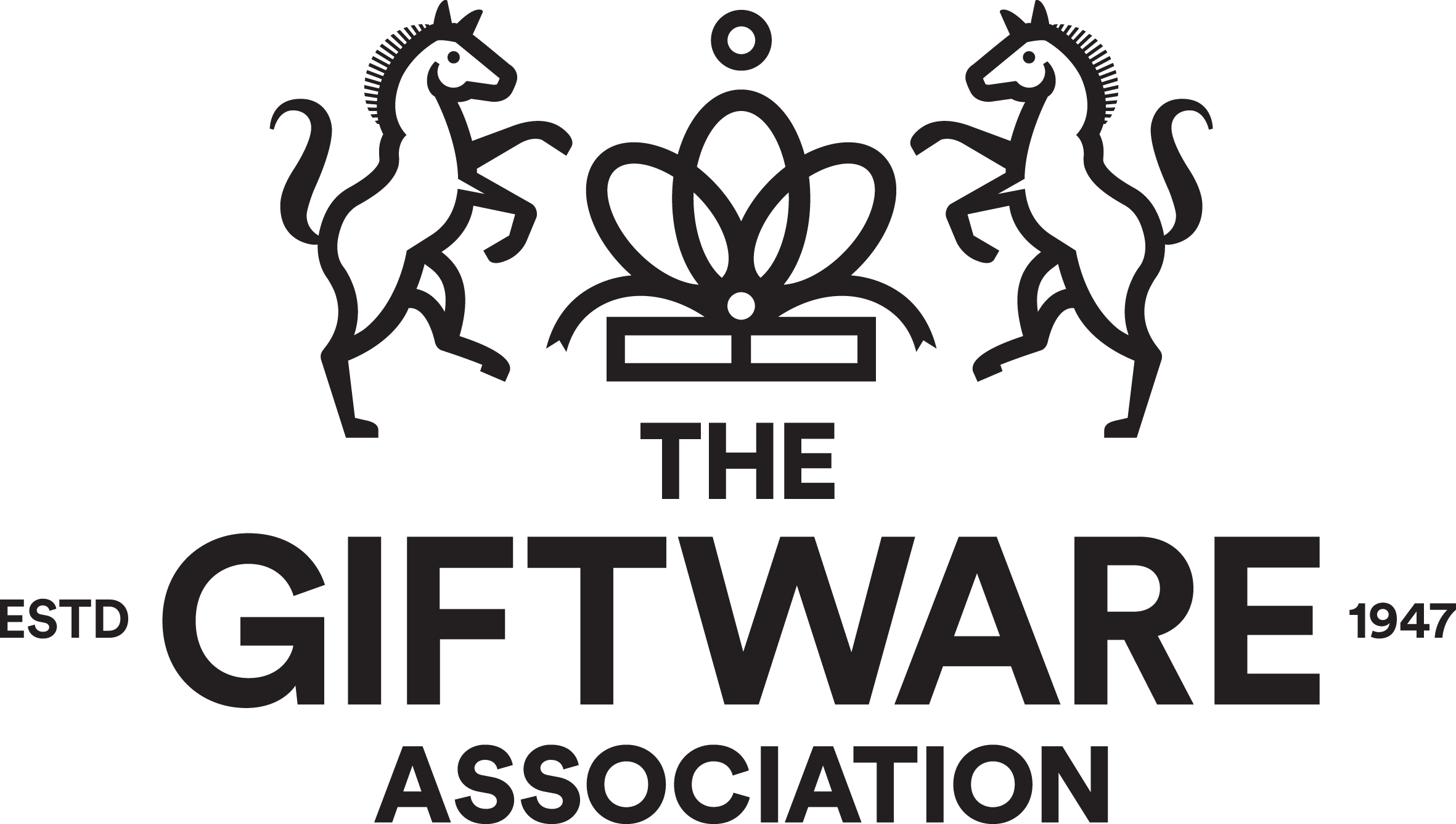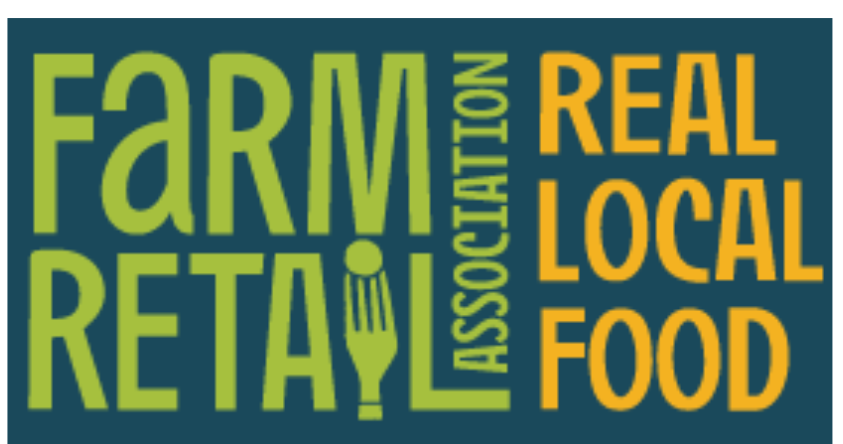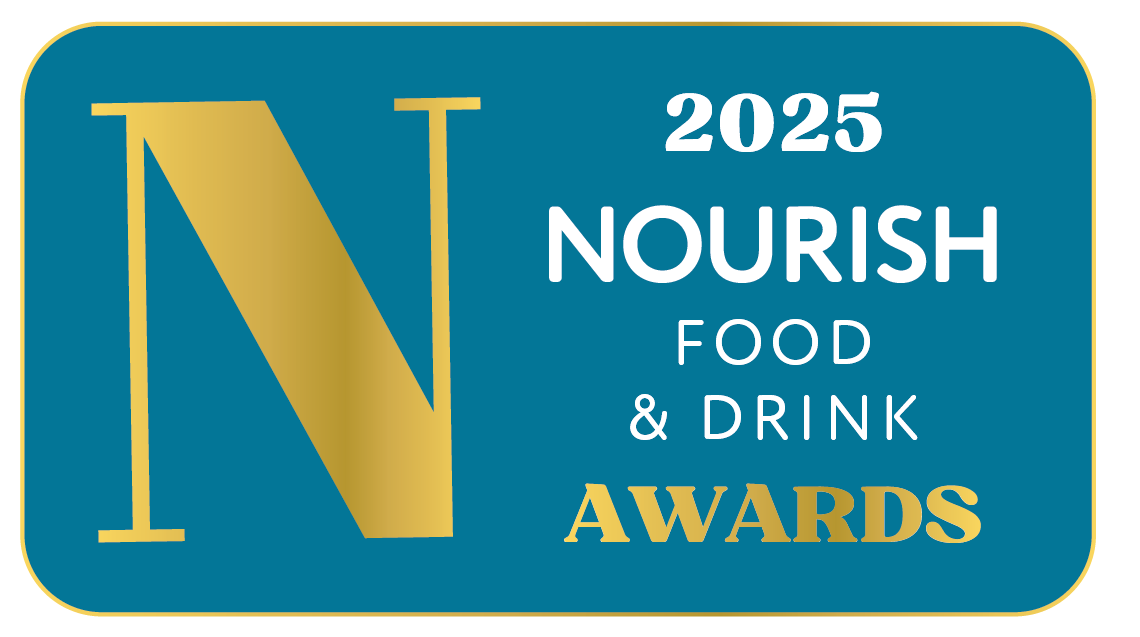What’s Trending in Fine Food & Drink in 2025
)
1. The Rise of Hyper-Local & Provenance-Driven Products
Consumers are increasingly valuing authenticity and provenance, leading to a surge in demand for local, small-batch, and single-origin products. Artisan producers focusing on regional ingredients and heritage techniques, from farmhouse cheeses to rare-breed meats, are experiencing heightened interest from retailers and high-end hospitality sectors. Transparency in sourcing, such as regenerative farming practices or named growers, is becoming a crucial selling point.
A Mintel report highlights that 48% of UK consumers actively purchase local food when possible, and 45% want to see more local options available in supermarkets. This trend extends to fine food retail, where shoppers seek out brands with a clear regional story and sustainable credentials. Supporting local economies and reducing food miles are now major considerations for premium-conscious consumers.
2. Bold Flavours & Culinary Adventure
As diners seek deeper sensory experiences, fine food brands are embracing intense and unexpected flavour combinations. WGSN highlights the rise of umami-rich profiles, fermented ingredients, smoked infusions, and cross-cultural pairings like miso caramel chocolates or gochujang-infused condiments. The demand for premium spice blends and hot honey variations reflects a growing love for complex heat, while heritage techniques such as curing and pickling are gaining traction.
Speciality Food Magazine notes that hot honey is emerging as a staple ingredient across both retail and foodservice, tapping into the consumer appetite for sweet-meets-heat combinations.
This trend points to a future where fine food brands innovate through bold, globally inspired flavour combinations while drawing on heritage techniques to add authenticity and depth.
3. Elevated At-Home Dining
As dining out becomes more expensive, consumers are recreating gourmet experiences at home, a trend that has continued to grow since we were all in lockdown during the COVID-19 pandemic. Supermarkets have reported a surge in sales of premium items such as fillet steak, lobster tails, and caviar. Affordable luxury products, like Aldi's wagyu beef and Morrison’s lumpfish caviar, are allowing consumers to indulge in fine dining without overspending, according to The Times.
This shift is driven by a desire for luxury without the premium price tag, with home cooks using high-quality ingredients to create restaurant-quality meals. The rise of food bloggers and social media influencers has further fuelled the trend, inspiring consumers to experiment with gourmet cooking at home.
Meal kits and subscription services have also seen a boost, giving consumers the tools to craft premium meals with ease. This trend looks set to continue as consumers seek flexibility, affordability, and indulgence in their at-home dining experiences.
4. Health-Conscious Consumption
Consumers are increasingly scrutinising ultra-processed foods (UPFs), prompting a shift towards more natural and minimally processed alternatives. Food Manufacture reports that the anti-UPF movement is influencing product development, with brands reformulating to reduce additives and artificial ingredients while maintaining convenience. This trend is driving demand for clean-label products, whole foods, and processing methods that preserve nutritional integrity, such as fermentation and cold-pressing.
Additionally, there's a growing demand for immunity-boosting products. According to The Business Research Company, the functional foods market is expected to grow from $281.3 billion in 2024 to $315.1 billion in 2025. This rise is driven by consumers actively seeking foods fortified with vitamins, minerals, and other nutrients that support immune health. In response, brands are launching products enriched with functional ingredients to cater to this increasing demand.
5. Aquatic Ingredients Make Waves
According to Whole Foods Market's Trends Forecast, aquatic ingredients are emerging as a significant trend, with products incorporating elements like seaweed, algae, and sea moss. These ingredients are valued for their nutritional benefits including being rich in minerals, antioxidants, and gut-friendly properties, while also aligning with consumer interest in sustainability. The use of sea moss in functional foods and wellness products is growing, particularly in plant-based alternatives and nutrient-dense beverages.
This year, Mecantu, a brand specialising in high-quality sea moss-based products, will be exhibiting with us in September, showcasing how this powerhouse ingredient is making its way into the premium food and drink sector. As consumers seek health-boosting, eco-conscious ingredients, expect to see aquatic superfoods continue to shape the market.
6. Basic Food Items Reimagined
Basic food items are being transformed into premium products as consumers seek quality and authenticity in everyday ingredients. This links to the elevated home-dining trend we mentioned earlier. At Speciality & Fine Food Fair, salt has led the charge, with artisanal producers offering smoked and infused varieties sourced from unique locations that enhance home cooking.
According to The Guardian, pasta is also experiencing a revival, with UK producers like Cornish Pasta Co and Yorkshire Pasta Company crafting high-quality versions using locally sourced grains and ingredients. This shift reflects a desire for authentic, small-batch alternatives to mass-produced staples. Meanwhile, even traditional comfort foods are being reimagined, such as Aunt Bessie’s hybrid roast potato chips, offering a novel take on a classic favourite.
From gourmet salts to artisanal pasta and reinvented convenience foods, staple ingredients are being elevated to premium status. This trend highlights a growing consumer interest in products that blend tradition with innovation, turning everyday essentials into gourmet experiences.
7. Premium At-Home Drinking Experiences
According to Vypr, many consumers continue to seek out luxurious and high-quality experiences, the trend of premium at-home drinking has seen a sharp rise. To coincide with the elevated home-dining trend, many are turning to high-end beverages to create upscale drinking experiences in the comfort of their own homes. This shift is not just about indulging in top-shelf spirits, but also about enjoying premium wines, craft beers, and ready-to-drink cocktails. Consumers are becoming more discerning in their choices, seeking out products that offer sophistication and craftsmanship without the need to visit bars or restaurants.
Drinks Retailing News reports that Waitrose has experienced a noticeable surge in demand for premium drinks, especially as consumers look to enhance their at-home dining occasions. The retailer has seen increased sales of luxury spirits, craft beers, and fine wines, indicating that consumers are willing to invest in higher-quality drinks as part of their overall dining experience.
As consumers continue to seek new, meaningful ways to elevate their everyday experiences, the food and drink sectors are responding with innovative solutions that blend quality, sustainability, and indulgence. From hyper-local ingredients to premium at-home dining experiences, these emerging trends highlight an exciting shift in how we approach food and drink. As these trends develop, they will shape the landscape of the industry, offering new opportunities for brands to engage with consumers seeking authenticity and indulgence in every bite and sip.



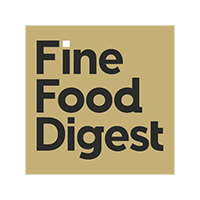

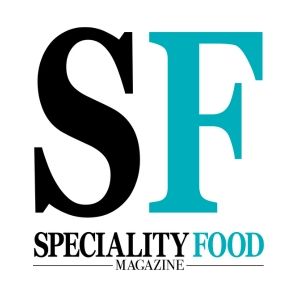


.png)



.png)
